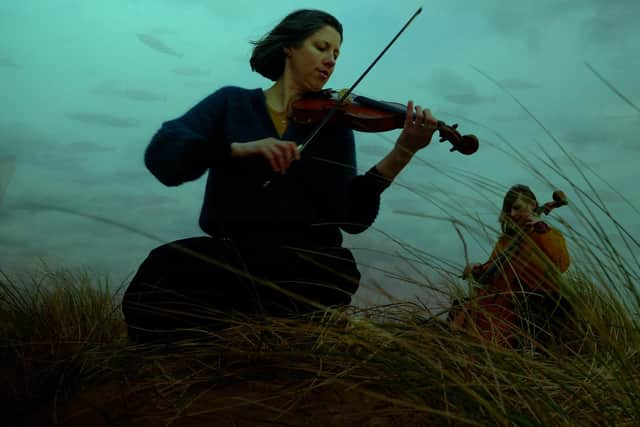The power of a creative response to climate change shouldn't be underestimated by the bean counters - or anyone else - Dr Richard Dixon
Creativity is very important in communications. In campaigning, memorable stunts with snappy slogans are vital. Humorously subverting climate-trashing companies’ adverts is eye-catching. It is also obvious when creativity is missing. Long ago I sat through an hour’s discussion with a dozen people debating what a major organisation’s new climate change campaign was going to be called. The result? The Climate Change Campaign.
Creative Carbon Scotland is a great organisation working in the space between culture and climate change. They bring arts organisations and those concerned about climate change together. They also help the arts sector measure and reduce its carbon footprint.
Advertisement
Hide AdAdvertisement
Hide AdIn the run up to last year’s UN climate talks in Glasgow, Creative Carbon Scotland brought people together to create the Climate Beacons initiative. The one-year evaluation report shows that a great deal has been achieved, with 18,000 people participating in 160 events organised by more than 50 organisations, and over 125,000 online interactions.
The events included performances, film showings, exhibitions, art installations, talks and workshops. Work focuses on a number of locations and regions, from engaging communities on climate action in Fife to talking about climate adaptation in the Orkney Islands and from pooling institutional climate communications in Tayside to telling the story of fossil fuels and decarbonisation in Midlothian.
A series of climate change events in the former mining communities of Midlothian attracted an enthusiastic audience, more than half of whom had never been to an event about climate change before. Some of these events brought in the voices of indigenous communities suffering the very real impacts of climate change today.
Creative events in Tayside helped people work out for themselves what they can do to make a difference in reducing emissions, rather than just telling them what to do. Organisers found that participants came away with feelings of hope and positivity.
Across Scotland an impressive 64% of participants surveyed said their experience had influenced their person behaviours, and 65% said it had changed the way they thought about climate change.


As well as government actions, a big part of meeting our tough climate change targets is going to be about people changing their habits, from how we get about to what we eat, and from where we live to how we use energy.
Government TV ads and top ten lists of things you can do to reduce your personal emissions are fine, but deep behaviour change happens when people are really engaged with the subject. Climate change can be scary and demotivating but an arts-based approach to the issues can be thought provoking, funny and emotionally engaging, and can reach sectors of society that haven’t necessarily thought about climate change before.
The artistic sector is an essential part of any society, but often one which is among the first to suffer when money is tight. Of course, art for art’s sake should be justification enough but the kind of coming together of arts and climate change seen in the Climate Beacons initiative should be enough to convince even the hardest-hearted bean counter that arts funding is not a dispensable luxury.-Dr Richard Dixon is an environmental campaigner and consultant.